How would you use a bleXmang device? You might use it for the same thing that motivated me to design it in the first place. Suppose you had a device that you liked, but that device would only pair with a single Bluetooth remote. And suppose you had a strong desire to use two remotes. You could pair your multiple remotes with the bleXmang device and then pair the bleXmang device with the target device. Press any button on either remote, and it would be relayed to the target device.
That's approximately the situation I found myself in with my Tivo Stream 4k streaming dongle. More on that in the build log.
 WJCarpenter
WJCarpenter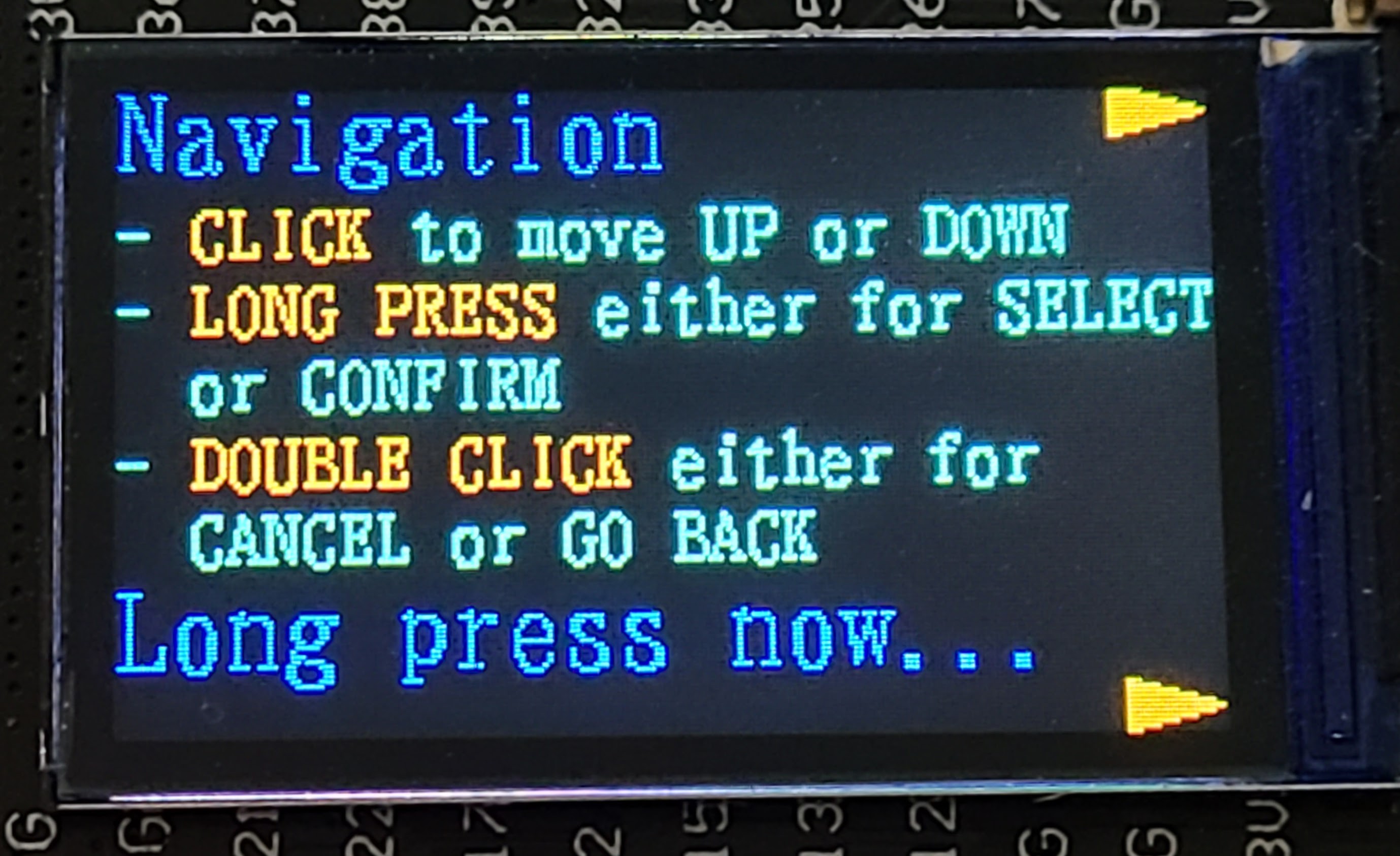
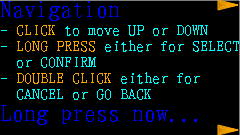

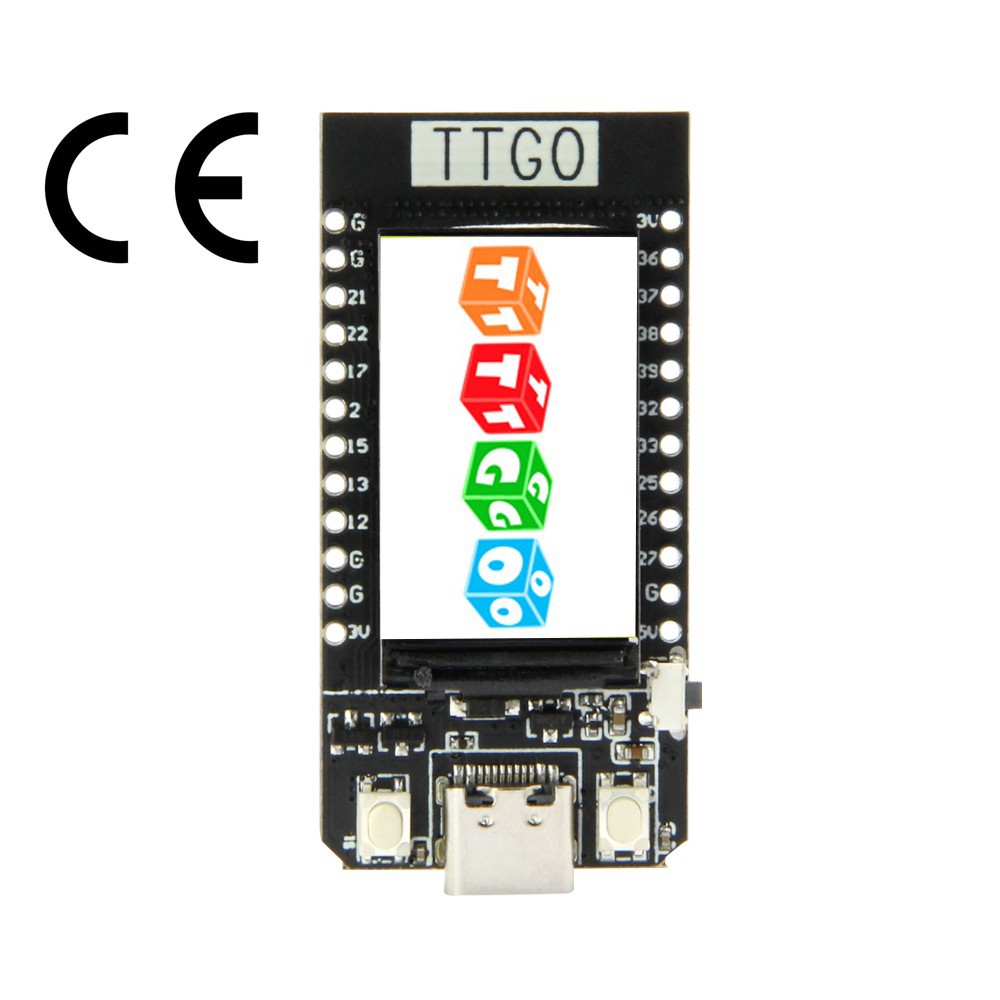

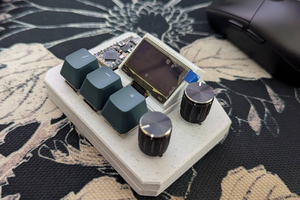
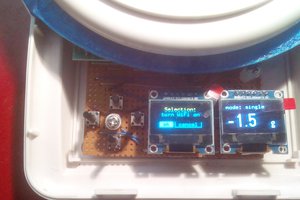
 uri.shani
uri.shani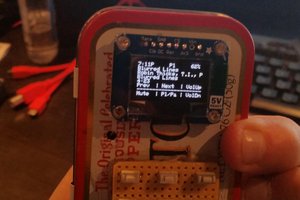
 mikeneiderhauser
mikeneiderhauser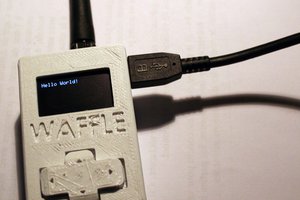
 M.daSilva
M.daSilva